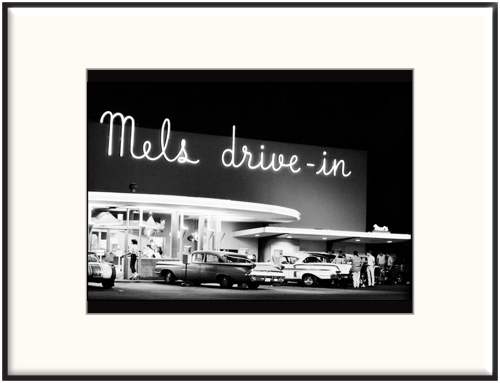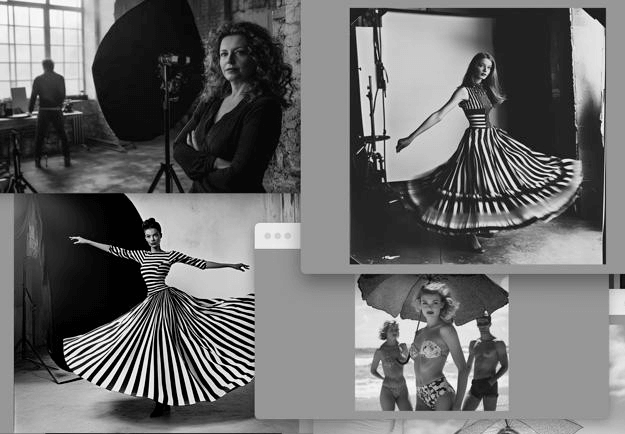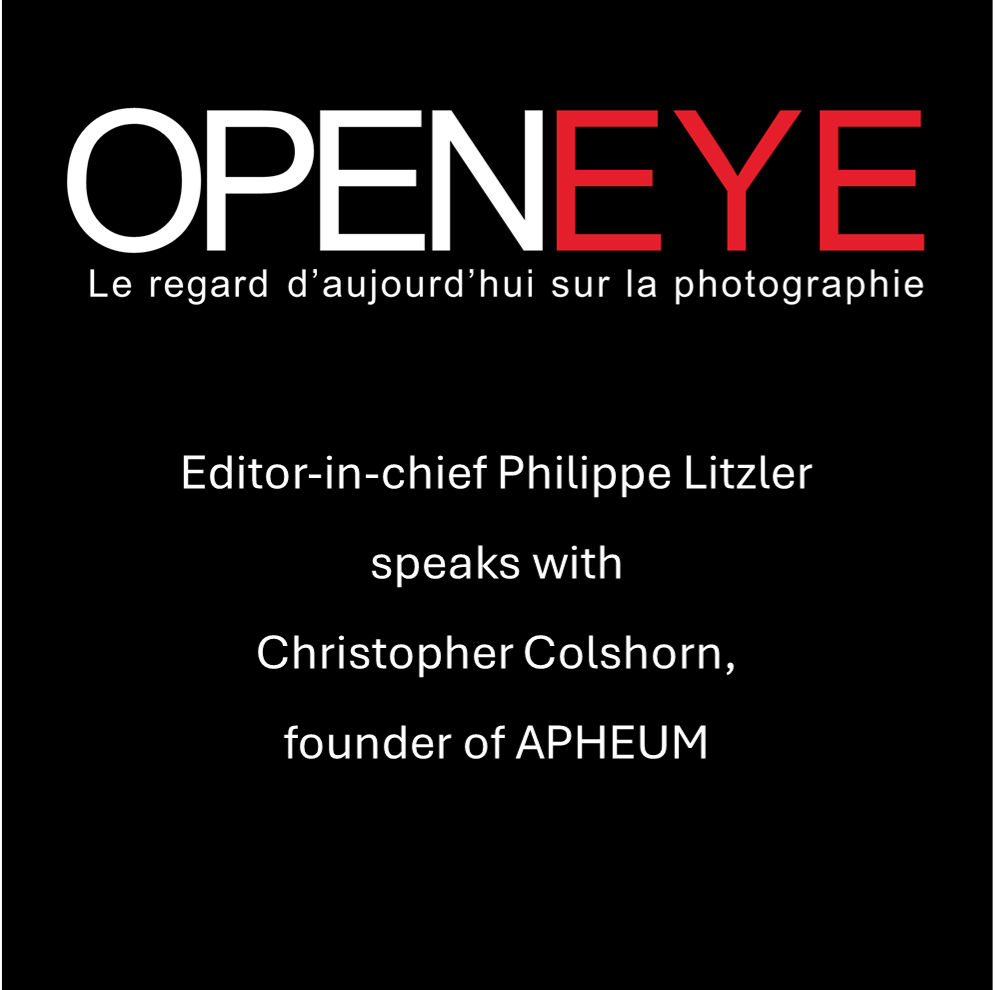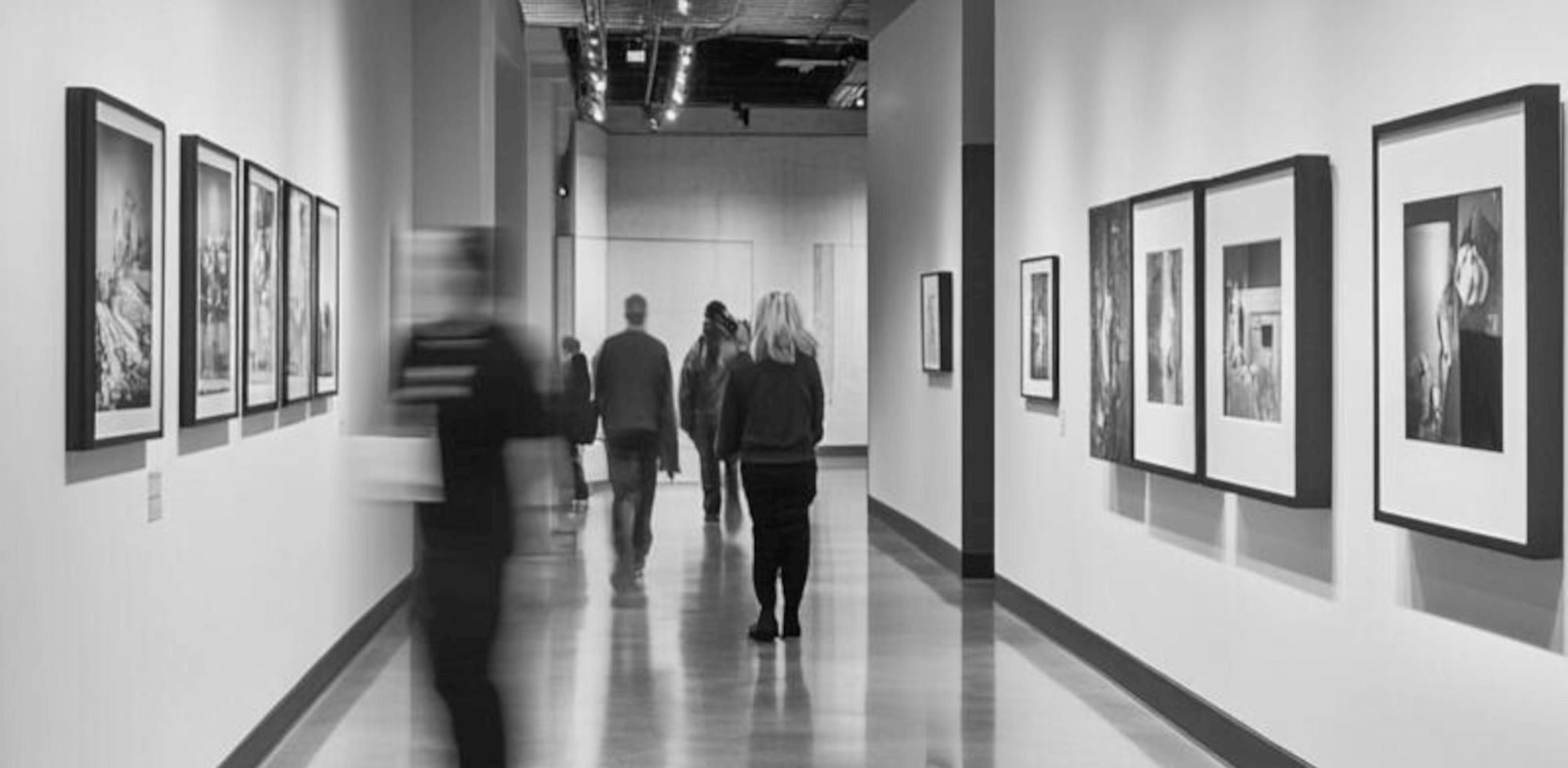Eve Arnold
Eve Arnold was born in 1912 in Philadelphia, Pennsylvania, to Russian immigrants. She began taking photographs in 1946 while working in a photofinishing factory in New York City. In 1948, she studied photography with Alexei Brodovitch at the New School for Social Research in New York.
Arnold first became associated with Magnum Photos in 1951 and became a full member in 1957. She lived in the United States during the 1950s, but moved to England in 1962 to send her son to school. From then on, she lived in the United Kingdom, except for a six-year interval when she worked in the United States and China.
In 1980, she had her first major solo exhibition at the Brooklyn Museum, showing the pictures she had taken during her time in China. That same year, she received the National Book Award forIn Chinaand the Lifetime Achievement
American Society of Magazine Photographers Award.
In later years, she received many other honors and awards. In 1995, she was made a Fellow of the Royal Photographic Society and was elected a Master Photographer by the New York International Center of Photography, the world's most prestigious photographic award. In 1996, she received the
Kraszna-Krausz Book Award forIn Retrospect, the following year she received an honorary doctorate from the University of St Andrews, the Staffordshire University
and the American International University in London. She was also appointed to the advisory board of the National Museum of Photography, Film & Television in Bradford, UK. She has published 12 books.
Eve Arnold died on January 4, 2012 in London.
Source:https://www.magnumphotos.com/photographer/eve-arnold/
Robert Capa
On 3 December 1938,the Picture Postthe "greatest war photographer in the world: Robert Capa" with a double page of 26 photographs taken during the Spanish Civil War. But the "greatest war photographer" hated the war. Born in 1913 as Andre Friedmann to Jewish parents in Budapest, he studied political science at the German School of Politics in Berlin. Capa settled in Paris in 1933 after being frightened by the threat
had been expelled from Germany by a National Socialist regime.
Represented by Alliance Photo, he met journalist and photographer Gerda Taro. Together, they invented Robert Capa, the "famous" American photographer, and began selling his prints under that name. He met Pablo Picasso and Ernest Hemingway and became friends with fellow photographers David "Chim" Seymour and Henri Cartier-Bresson.
From 1936 onward, Capa's coverage of the Spanish Civil War appeared regularly. His image of a loyalist soldier who had just been mortally wounded earned Capa his international reputation and became a powerful symbol of the war.
After Taro, who had become his professional partner and companion, was murdered in Spain, Capa traveled to China in 1938 and emigrated to New York a year later. As a correspondent in Europe, he photographed the Second World War and reported on the landing of American troops on Omaha Beach on
D-Day, the liberation of Paris and the Battle of the Bulge.
In 1947, Capa was the driving force behind the founding of Magnum Photos. On May 25, 1954, he photographed forthe lifein Thai-Binh, Indochina, when he came across a
landmine and was killed. The French Army posthumously awarded him the
Croix de Guerre with Palm. The Robert Capa Gold Medal Award was established in 1955
Created to recognize exceptional professional achievements.
Source:https://www.magnumphotos.com/photographer/robert-capa/
Richard Kalvar
Richard Kalvar, born in 1944, is an American. After studying English and American literature at Cornell University from 1961 to 1965, he worked
He worked in New York as an assistant to fashion photographer Jérôme Ducrot. It was an extensive trip with a camera in Europe in 1966 that led him to become a photographer. After another two years in New York, he settled in Paris and initially worked at the Vu photo agency before co-founding the Viva agency in 1972. In 1975, he became an associate member of Magnum Photos and two years later a full member, after which he served as vice president and
President acted.
In 1980, Kalvar had a solo exhibition at the Galerie Agathe Gaillard in Paris and has since participated in many group exhibitions.In 1993 he published Portrait de Conflans Sainte-HonorineA major retrospective of his work was shown at the Maison Européenne de la Photographie in 2007, accompanied by the bookEarthlingsIn 2019, his book Photofile was published by Thames & Hudson, and in 2023Selected Writingsat Damiani. He has undertaken extensive personal, editorial, and commercial assignments throughout the world, particularly in France, Italy, England, Japan, and the United States, and continues to work on a long-term project on the city of Rome.
Kalvar's photographs are characterized by a strong homogeneity of aesthetics and subject matter. His images often play with a discrepancy between the banality of a real situation and a sense of strangeness arising from a specific choice of timing and framing. A tension arises between two levels of interpretation, tempered by a touch of humor.
Source:https://www.magnumphotos.com/photographer/richard-kalvar/
Dennis Stock
Dennis Stock was born in New York City in 1928. At the age of 17, he left home to join the United States Navy. In 1947, he joined the He apprenticed to Life magazine photographer Gjon Mili and won first prize in Life's Young Photographers Contest. He joined Magnum Photos in 1951 and became a full member in 1954.
Stock managed to evoke the spirit of America through his memorable and iconic portraits of Hollywood stars, especially James Dean. From 1957 to 1960, Stock portrayed vivid portraits of jazz musicians for his book Jazz Street, including Louis Armstrong, Billie Holiday, Sidney Bechet, Gene
Krupa and Duke Ellington. In 1968, Stock took a break from Magnum toHe founded the film production company Visual Objectives and made several documentaries. In the late 1960s, he documented the attempts of Californian hippies to transform society according to the ideals of love and caring. In the 1970s and 1980s, he worked on color books in which he highlighted the beauty of nature through details and landscapes. In the 1990s, he returned to his urban roots and explored the modern architecture of major cities. After the turn of the century, his work focused primarily on abstract floral representations.
From the 1950s onwards, Stock published a book or exhibition almost every year. He gave numerous workshops and exhibited his work in France, Germany, Italy, the United States, and Japan. He worked as an author,
Director and producer for television and film, and his photographs have been
acquired by most major museum collections. In 1969 and 1970, he was president of Magnum's Film and New Media Department.
Dennis Stock was married to author Susan Richards. He died on January 11, 2010, at her home in Sarasota, Florida.
Source:https://www.magnumphotos.com/photographer/dennis-stock/









